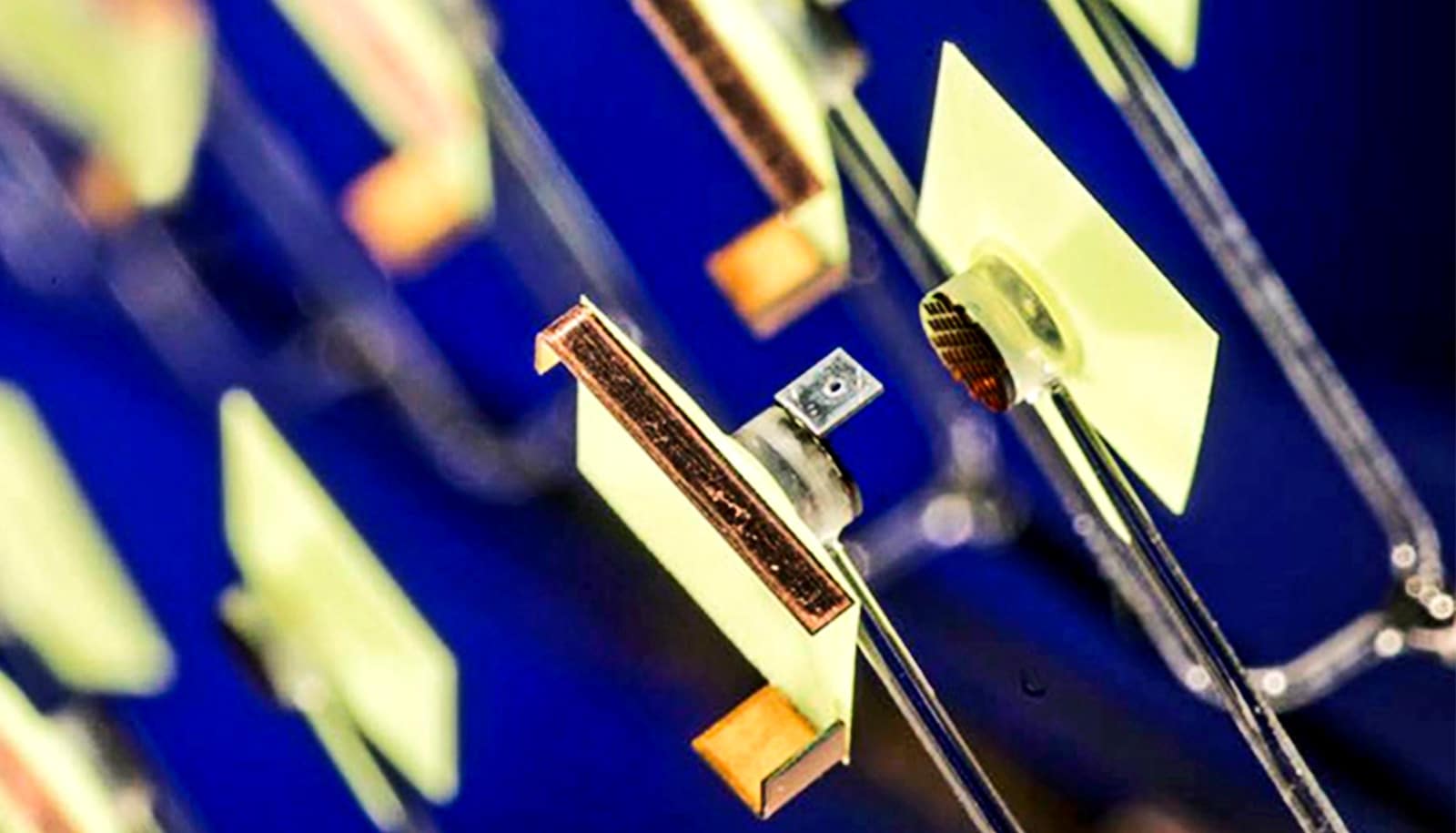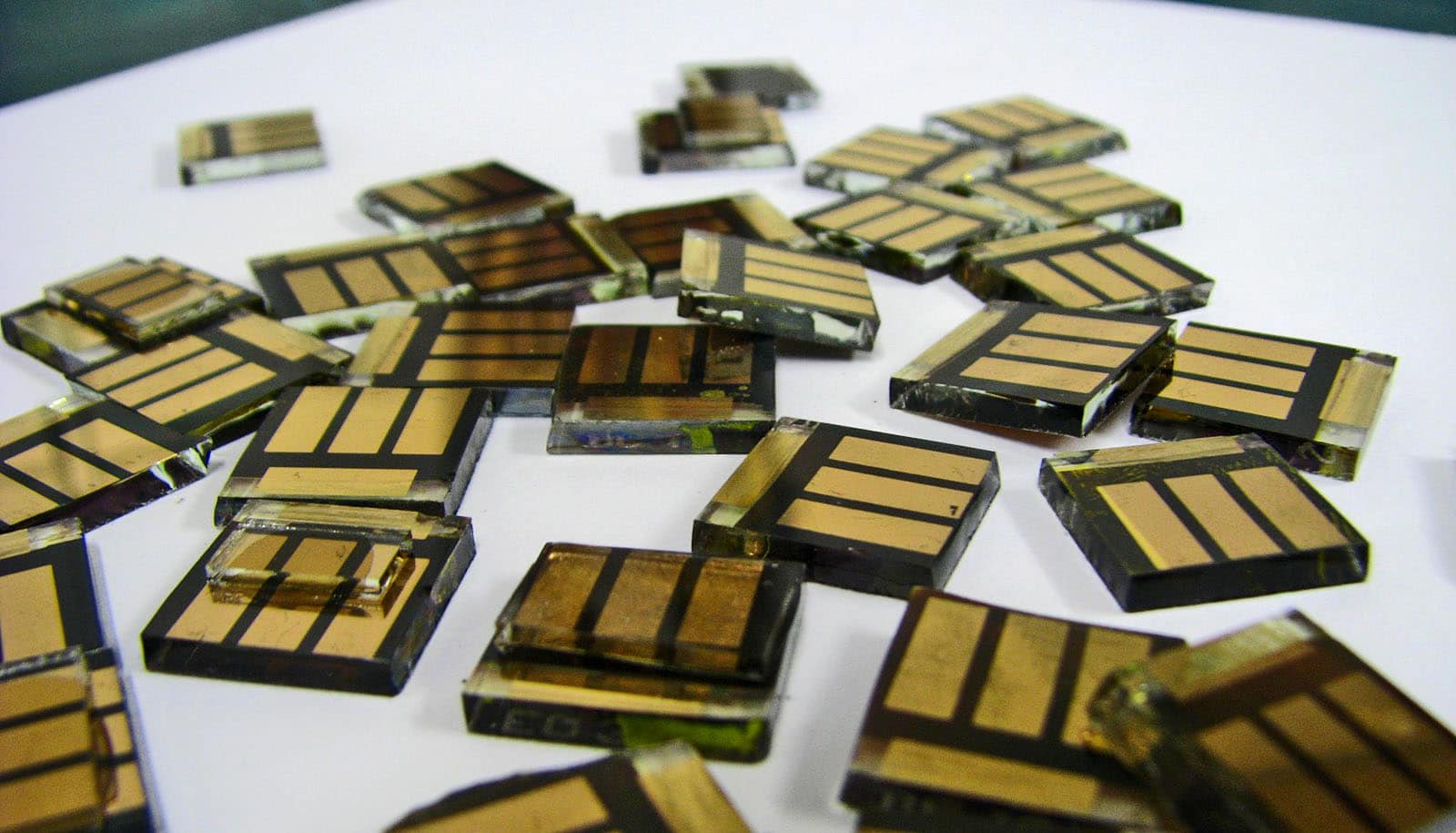A new system uses laser beams and the spinning of microscopic rotors to replicate the movement of naturally occurring phenomena, such as hurricanes and algae.
The breakthrough, reported in the journal Nature Communications, reveals new ways that living matter can be reproduced on a cellular scale.
“Living organisms are made of materials that actively pump energy through their molecules, which produce a range of movements on a larger cellular scale,” explains Matan Yah Ben Zion, a doctoral student in New York University’s physics department at the time of the work and one of the paper’s authors. “By engineering cellular-scale machines from the ground up, our work can offer new insights into the complexity of the natural world.”
The research centers on vortical flows, which appear in both biological and meteorological systems, such as algae or hurricanes. Specifically, particles move into orbital motion in the flow generated by their own rotation, resulting in a range of complex interactions.
To better understand these dynamics, the paper’s authors, who also include Alvin Modin, an NYU undergraduate at the time of the study and now a doctoral student at Johns Hopkins University, and Paul Chaikin, an NYU physics professor, sought to replicate them at their most basic level. To do so, they created tiny micro-rotors—about 1/10th the width of a strand of human hair—to move micro-particles using a laser beam (Chaikin and his colleagues devised this process in a previous work).
The researchers found that the rotating particles mutually affected each other into orbital motion, with striking similarities to dynamics observed by other scientists in “dancing” algae—algae groupings that move in concert with each other.
In addition, the team found that the spins of the particles reciprocate as the particles orbit.
“The spins of the synthetic particles reciprocate in the same fashion as that observed in algae—in contrast to previous work with artificial micro-rotors,” explains Ben Zion, now a researcher at Tel Aviv University. “So we were able to reproduce synthetically—and on the micron scale—an effect that is seen in living systems.”
“Collectively, these findings suggest that the dance of algae can be reproduced in a synthetic system, better establishing our understanding of living matter,” he adds.
The research had support from the Department of Energy.
Source: NYU



